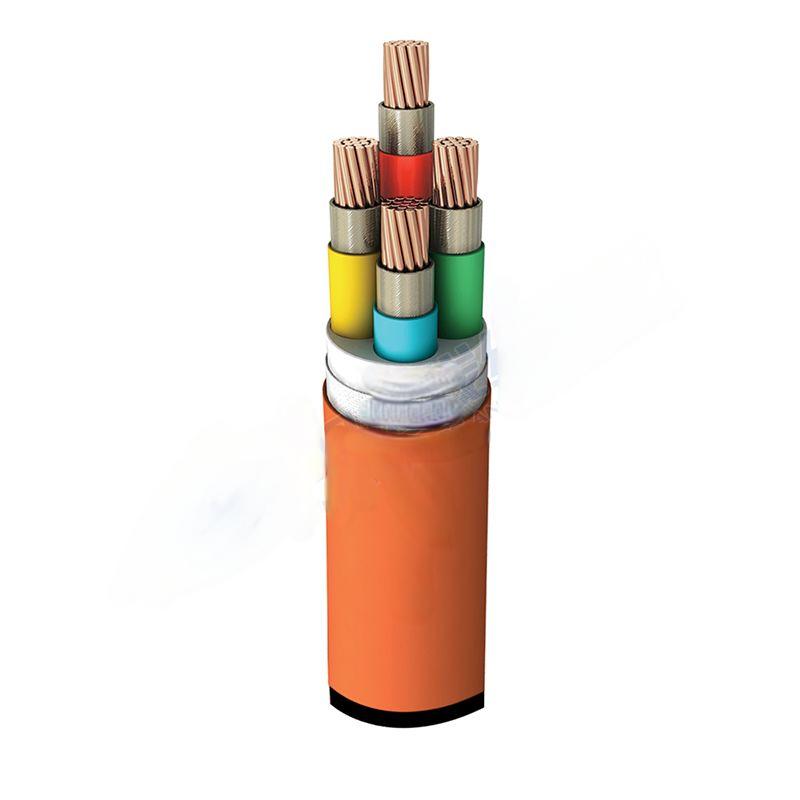Dec . 03, 2024 22:01 Back to list
Understanding the Functionality of Air Pressure Relief Valves in Mechanical Systems
The Importance of Air Pressure Release Valves in Industrial Applications
In many industrial processes, maintaining the right balance of pressure is crucial for both operational efficiency and safety. One essential component that plays a vital role in managing pressure is the air pressure release valve, often referred to as a pressure relief valve (PRV). This device safeguards systems from the dangers of overpressure by releasing excess air or gas, helping to maintain desired operating conditions and preventing catastrophic failures.
What is an Air Pressure Release Valve?
An air pressure release valve is a safety device designed to automatically release pressure when it exceeds a predetermined limit. It is commonly installed in a variety of systems, including boilers, air compressors, and hydraulic systems, where pressurized gas or air is utilized. The primary function of a PRV is to prevent the pressure within a system from rising to dangerous levels, thereby protecting equipment and personnel from potential hazards associated with overpressure.
How Does It Work?
The operation of an air pressure release valve is straightforward yet effective. The PRV is set to a specific pressure threshold. When the pressure within the vessel or system reaches this threshold, the valve opens, allowing excess air or gas to escape. This release of pressure lowers the overall pressure in the system, mitigating the risk of equipment failure or explosions. Once the pressure drops back down to a safe level, the valve automatically closes, returning the system to normal operation.
Types of Air Pressure Release Valves
There are several types of air pressure release valves, each designed for specific applications and pressure requirements. The most common types include
air pressure release valve

1. Spring-Loaded Valves These are the most widely used types of PRVs. They consist of a spring mechanism that holds the valve closed until the pressure exceeds a specific setpoint. 2. Pilot-Operated Valves These valves utilize a secondary pilot valve that controls the main valve. They are typically used in high-pressure applications due to their ability to manage larger flows of gas. 3. Dome-Loaded Valves These are similar to spring-loaded valves but use air pressure to help hold the valve closed. They are often used in situations where the spring cannot provide adequate force. 4. Chain or Wire-Operated Valves These valves are activated manually and can be used in systems where automatic operation is not feasible.
Importance of Regular Maintenance
Regular maintenance of air pressure release valves is crucial for ensuring their reliability and effectiveness. Over time, wear and tear can affect the valve's operation, potentially leading to failure. It is essential to inspect the valves regularly, checking for leaks, corrosion, and proper seating conditions. Additionally, routine testing should be conducted to ensure that the valve opens and closes at the correct pressure levels.
Compliance and Standards
In many industries, adherence to safety standards and regulations concerning pressure relief systems is mandatory. Organizations such as the American Society of Mechanical Engineers (ASME) and the National Board of Boiler and Pressure Vessel Inspectors provide guidelines for the proper installation, inspection, and maintenance of pressure relief valves. Compliance with these standards not only ensures safety but also helps in prolonging the lifespan of the equipment.
Conclusion
Air pressure release valves are essential components in various industrial systems, offering critical protection against the risks associated with overpressure. By automatically releasing excess pressure, these valves help maintain safe operating conditions, enhancing the safety of both personnel and equipment. Ensuring the proper selection, installation, and maintenance of PRVs can mitigate hazards and promote operational efficiency. As industries continue to rely on pressurized systems, the importance of understanding and managing air pressure release valves will only grow, underscoring their vital role in safety and operational integrity.
Share
-
Reliable Wafer Type Butterfly Valves for Every IndustryNewsJul.25,2025
-
Reliable Flow Control Begins with the Right Ball Check ValveNewsJul.25,2025
-
Precision Flow Control Starts with Quality ValvesNewsJul.25,2025
-
Industrial Flow Control ReliabilityNewsJul.25,2025
-
Engineered for Efficiency Gate Valves That Power Industrial PerformanceNewsJul.25,2025
-
Empowering Infrastructure Through Quality ManufacturingNewsJul.25,2025


